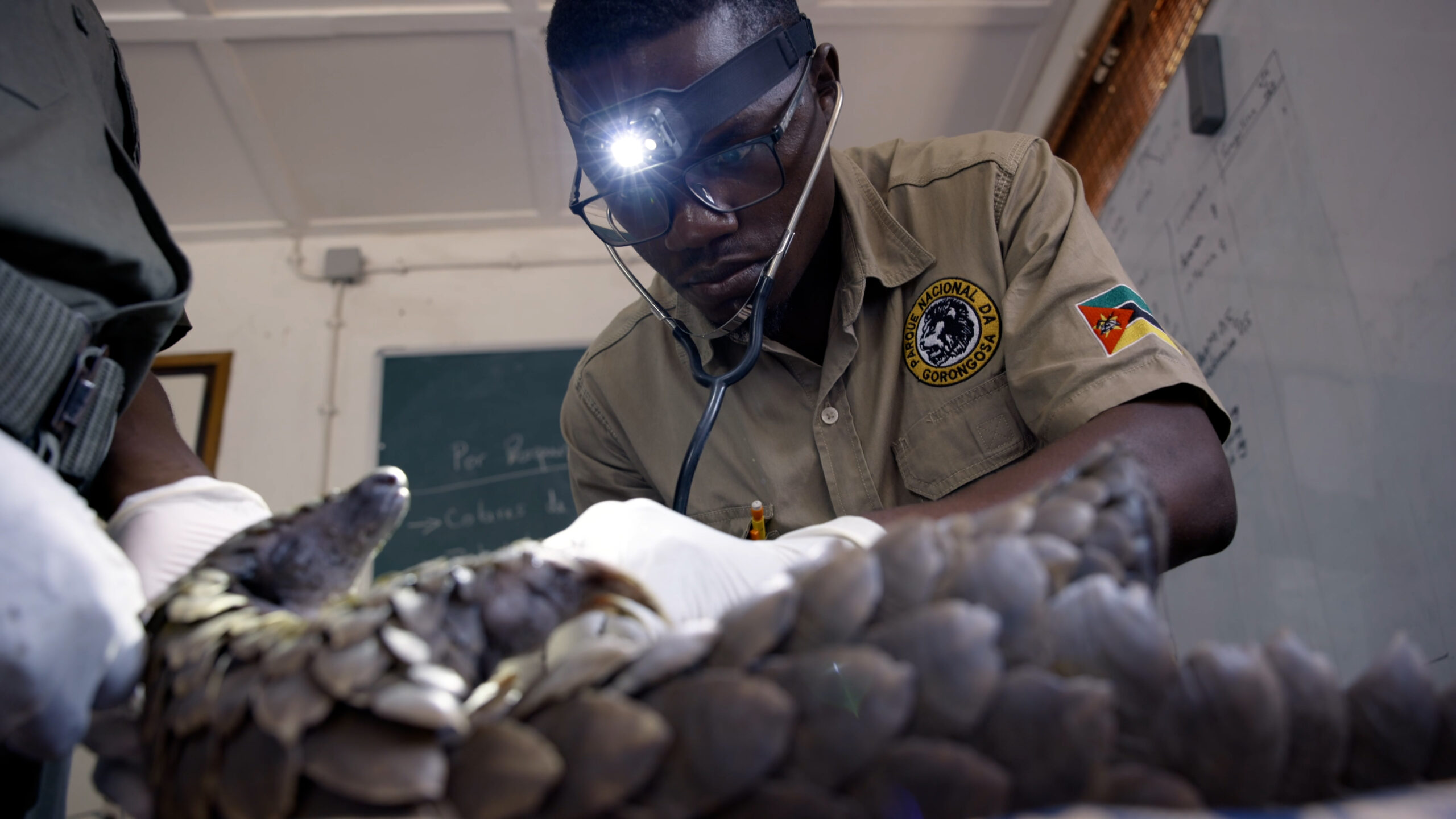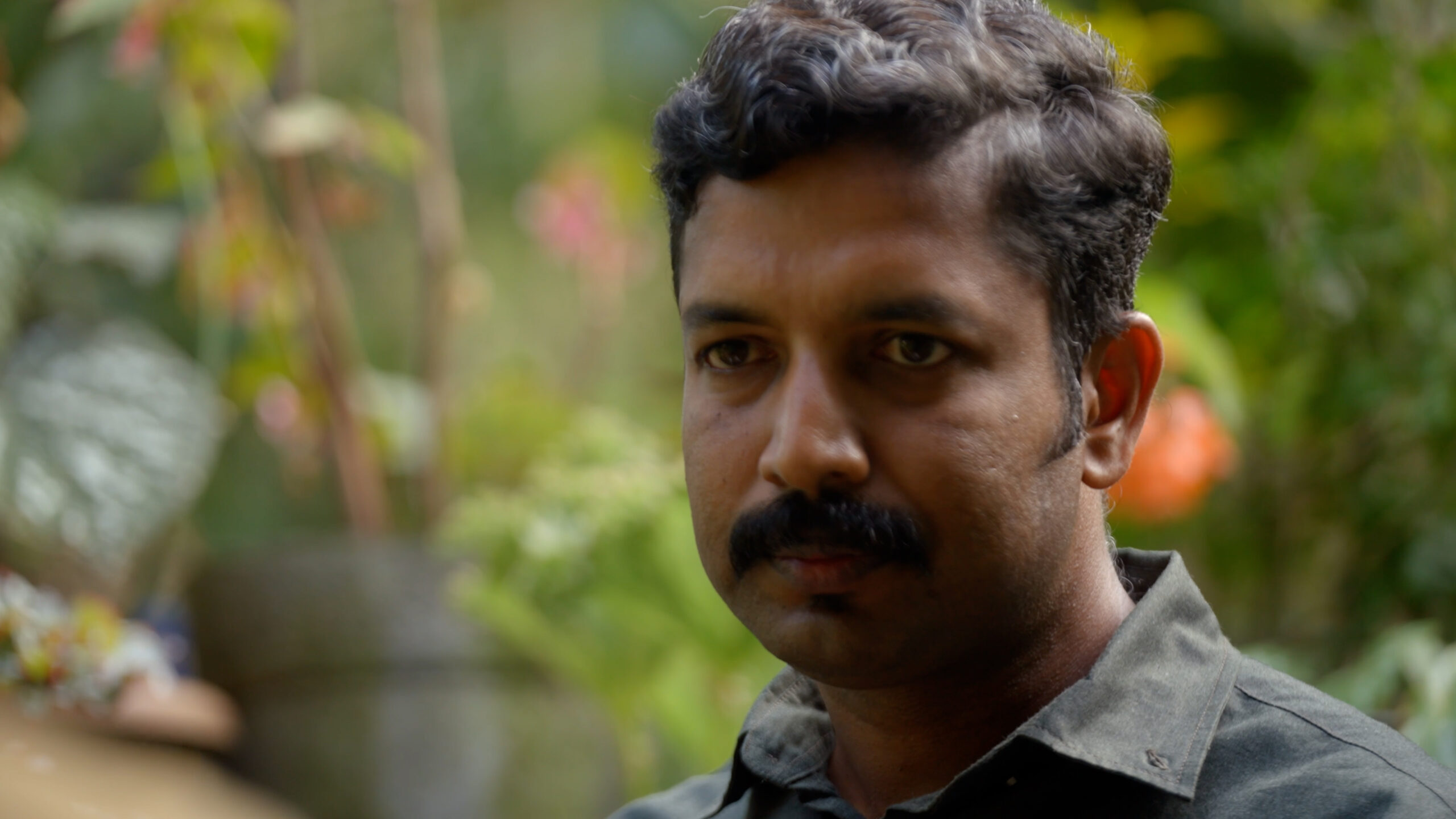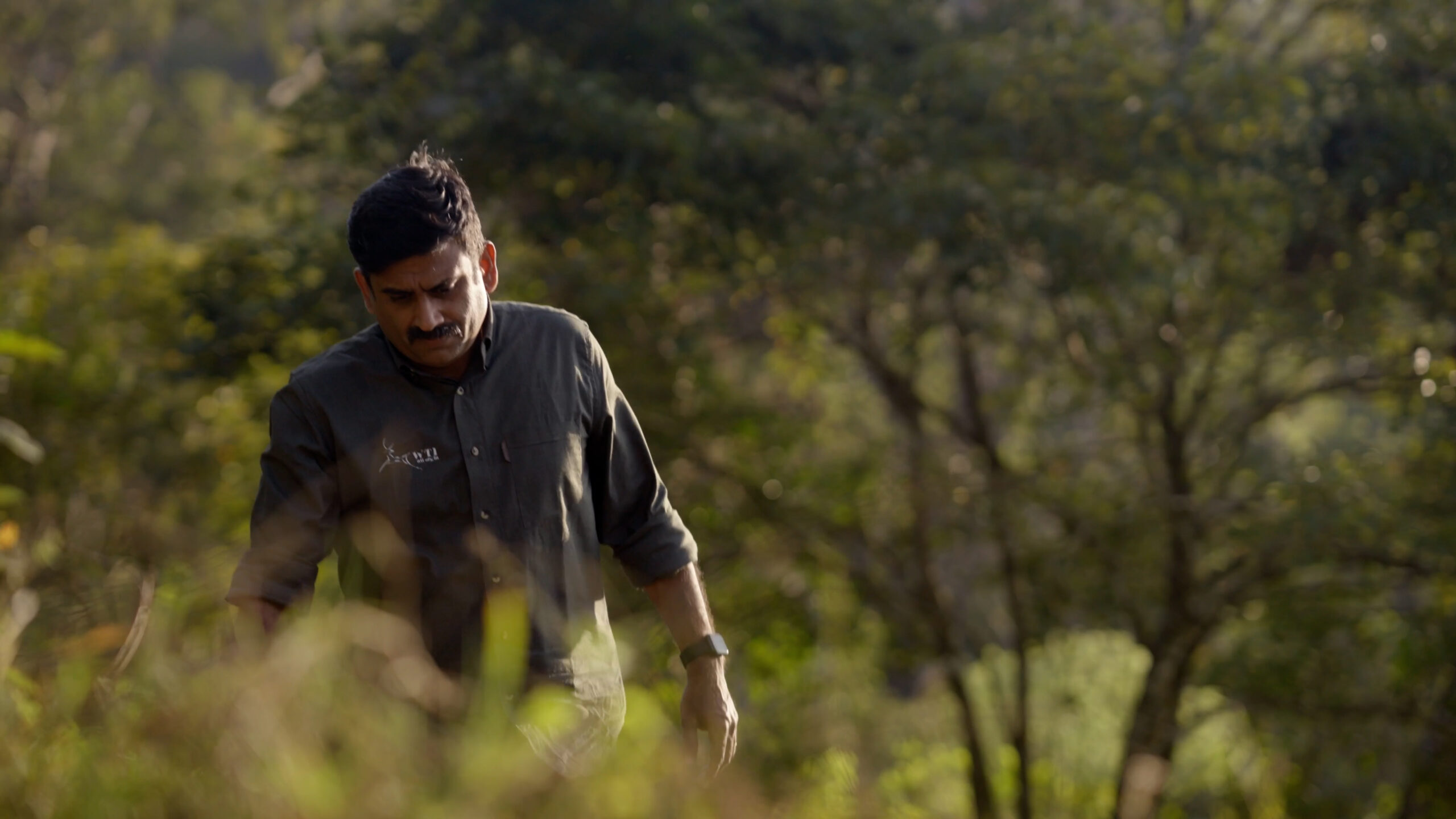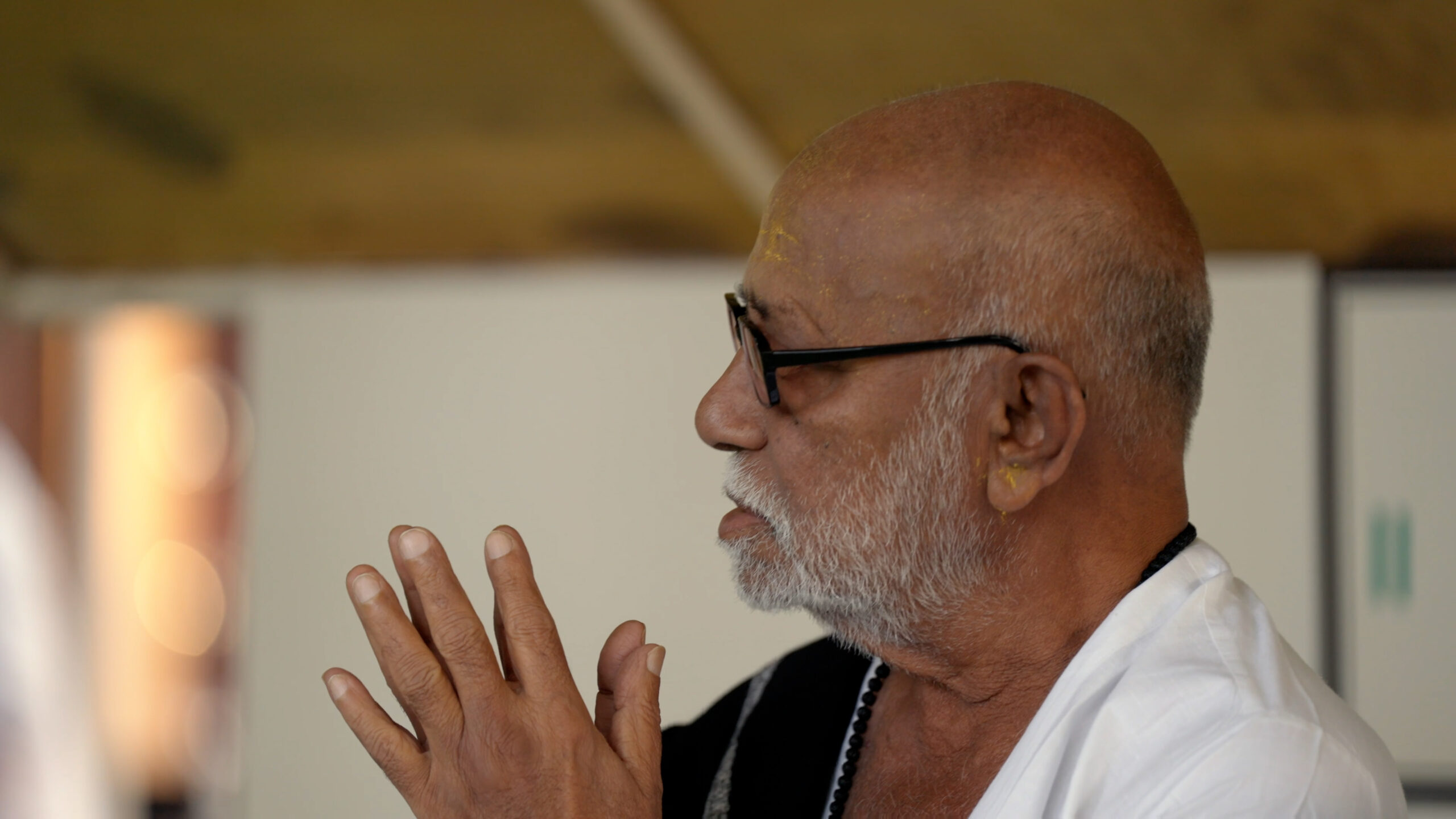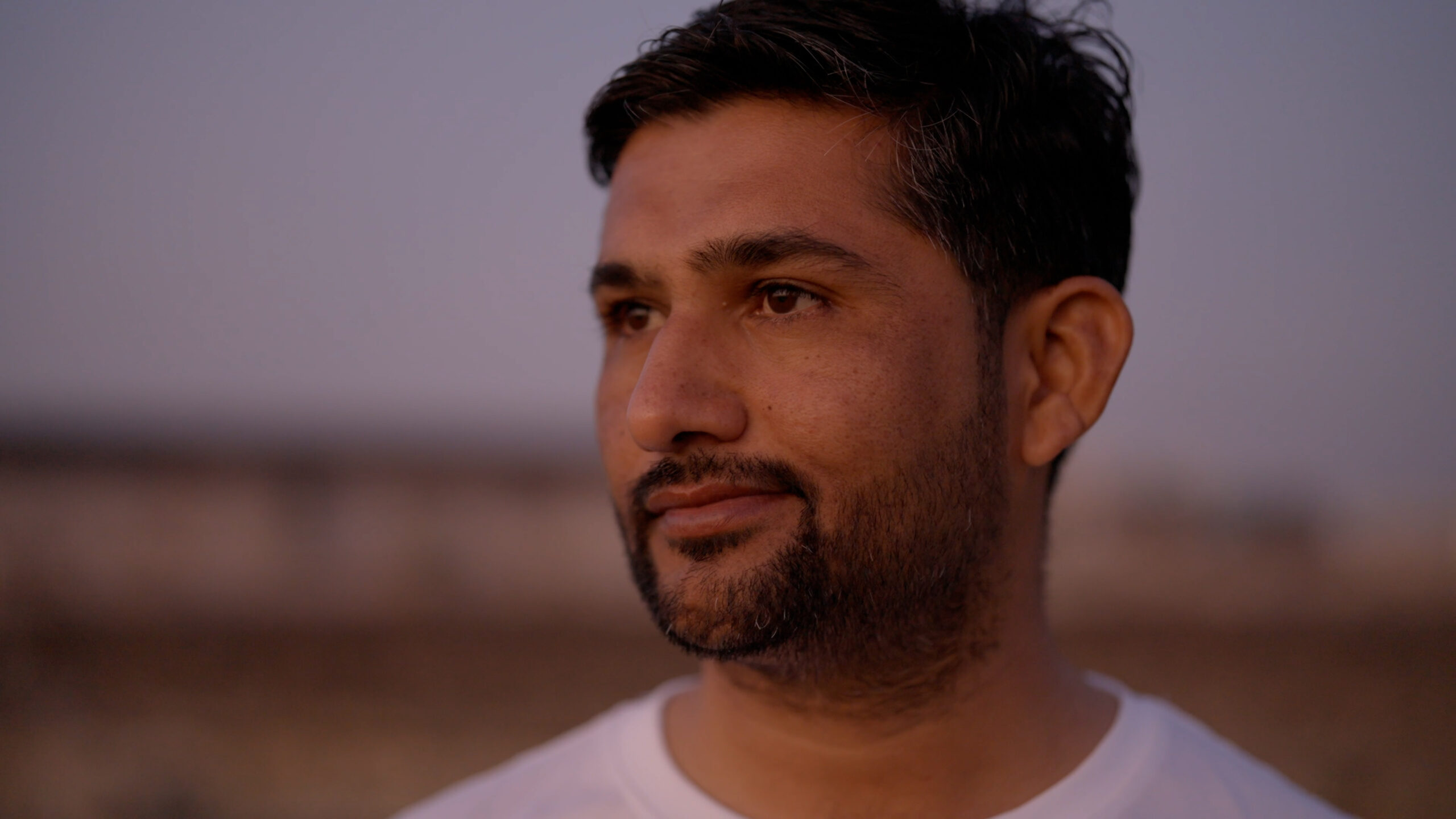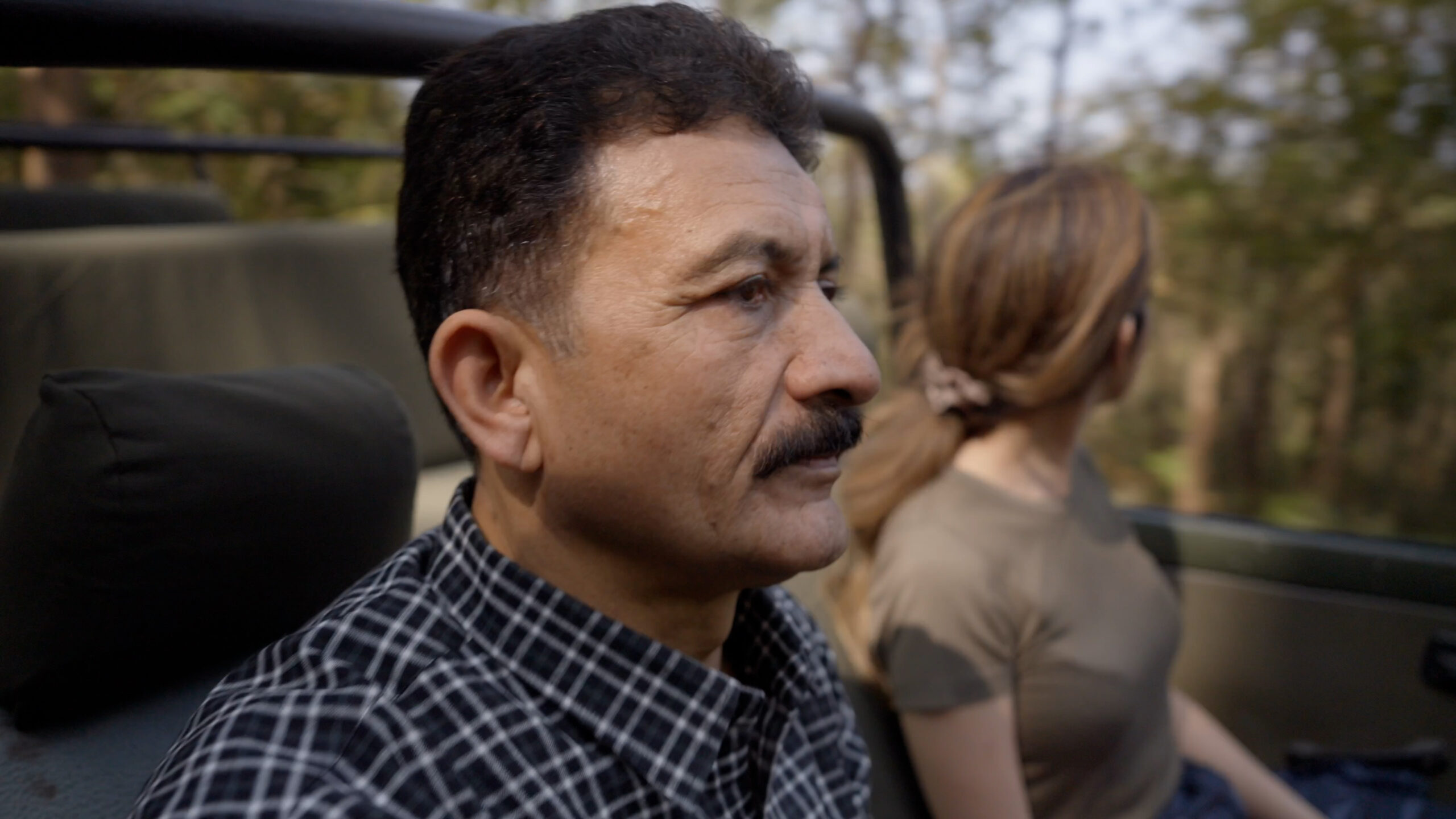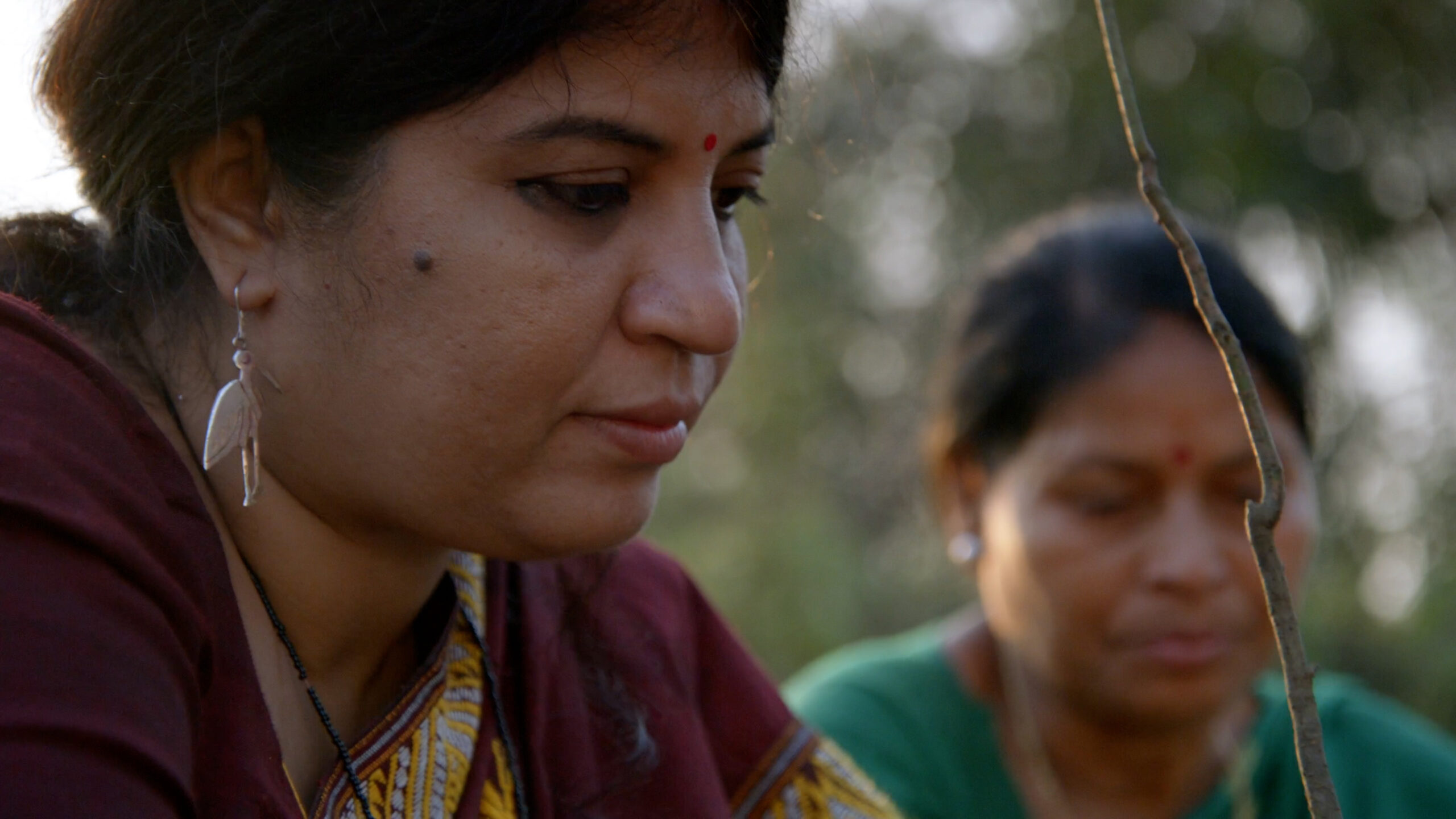Archives: Profiles
-
Cesária Huo
Cesaria Huo is a conservation biologist focusing on bat research in Gorongosa National Park.
-
Elias Mubobo
Elias Mubobo is a wildlife vet who works to save pangolins in Gorongosa National Park.
-
Shajan M.A.
Shajan M.A. is a sociologist who has worked with Wildlife Trust of India (WTI) for the last 11 years. He joined as a Field Officer at the Elephant Corridor Securement Project in Wayanad, Kerala. He completed his post-graduate degree in social work from the University of Calicut, Kerala, and M.Phil. in psychiatric social work from…
-
Jose Louies
Jose Louise is the CEO of Wildlife Trust of India (WTI).
-
Morari Bapu
Morari Bapu is a spiritual leader who serves as an ambassador for the "Save the Whale Sharks" campaign in Gujarat, India.
-
Farukhkha Husenkha Bloch
Farukhkha Bloch is responsible for community outreach activities for the Wildlife Trust of India's Whale Shark Conservation Project.
-
Piyush Yadav
Piyush Yadav is a Conservation Technology Fellow at RESOLVE, where he focuses on developing and implementing new technologies for wildlife protection.
-
Himmat Singh Negi
Dr. Himmat Singh Negi is a retired Indian Forest Service Officer who has spent more than three decades in the field of Tiger Conservation and related conflict mitigation.
-
Hrishita Negi
Hrishita Negi is a Ph.D. candidate at Clemson University undertaking her research in the globally recognized tiger landscape of Central India.
-
Purnima Devi Barman
Dr. Purnima Devi Barman is a wildlife biologist and the founder of the Hargila Army, an all-female conservation initiative protecting the greater adjutant stork in Assam, India. Dr. Barman has received many awards in honor of her incredible conservation efforts. In 2017, she was the recipient of the Nari Shakti Puraskar award, which is the highest civilian…

